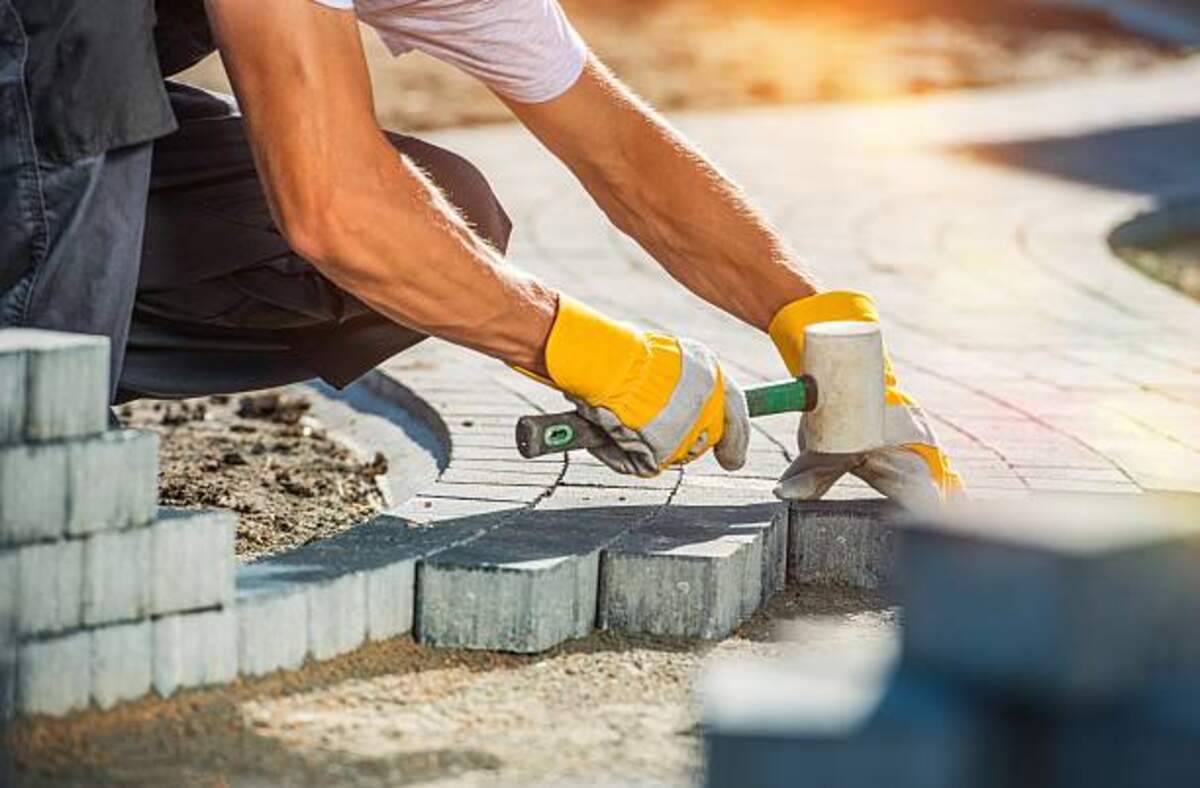Asphalt has long been used in road construction projects due to its versatility and resilience. Select the best Berkeley Asphalt Paving.
By 1900, natural asphalt had been overtaken by refined petroleum asphalt. President Ulysses S. Grant issued an order mandating that Washington’s Pennsylvania Avenue be paved with Trinidad asphalt.
The History of Asphalt Pavement
Asphalt has long been recognized for its long-term effectiveness as a paving material. Used on nearly 94 percent of America’s 2.6 million miles of roadways and in driveways, parking lots, airport runways, and more, asphalt has long played an essential role in our modern world.
As early as 2,500 years ago, people used asphalt to construct structures like sidewalks and bridges. Later, the Carthaginians and Romans employed it as road surfacing material.
Engineers began testing asphalt paving materials during the late 1800s. One of the earliest experiments took place in Washington, D.C., where a Belgian chemist used coal tar to pave Pennsylvania Avenue; similar methods were later applied on gravel roads in Florida, Michigan, and Wisconsin.
By 1907, refined petroleum asphalt production had overtaken natural asphalt use. Automobile ownership raised the demand for more road infrastructure, leading to innovations such as drum mixers and Portland cement concrete mechanical spreaders to accelerate asphalt laying and production processes.
As the energy crisis of the 1970s intensified, natural resource scarcity led to a reevaluation of asphalt use and its environmental impact. Over time, asphalt has become one of the most recycled products in North America, and NAPA works closely with state asphalt pavement associations to promote its safe use while encouraging research that improves the durability and performance of products made with it.
The Benefits of Asphalt Pavement
Asphalt pavements provide an appealing combination of economic, environmental, and quality benefits. Their long-term durability and smooth surface help reduce vehicle wear and tear, saving operating costs. Asphalt’s rapid installation time also makes construction cost-efficient.
Asphalt pavement consists of aggregates (crushed rock, gravel, and sand) combined with bitumen or other petroleum-derived chemical compounds to form an extremely durable paving material that delivers on quality. Aggregates are mixed in a heated tank before being thoroughly mixed with the binder in order to produce this high-grade paving material.
Asphalt binders’ unique properties allow them to create custom mixes tailored specifically to traffic loads and climate conditions. These include their elastic properties, which help prevent cracking caused by road wheels’ repeated stresses on their surface. Asphalt can also withstand freezing/thawing cycles, so it can be constructed even where roads experience extreme temperature variations.
Asphalt’s permeable nature enables water to drain through its surface quickly, decreasing blinding spray during wet weather and increasing visibility for drivers. Furthermore, its sound, vibration-absorbing capability helps create a quieter environment in urban communities and residential neighborhoods, providing comfort to both travelers and residents. Finally, unlike concrete roads that require curing time after construction is complete, asphalt roads allow vehicles to start using new roadways immediately upon completion of construction.
The Cost of Asphalt Pavement
Highway engineers and transportation departments across America agree: Asphalt pavement saves money when constructed and maintained properly.
Asphalt pavements are composed of aggregates, binders, and fillers that are used to construct and maintain roads, streets, highways, parking lots, airport runways, rail tracks, ports, bicycle lanes, and sidewalks. Common aggregates used include crushed stone, sand, and gravel, with recycled materials like slag and construction debris being added as recycled aggregates to reduce the environmental impacts of the mix. To bind them all together a liquid material (bitumen was once the go-to solution; now new bio-based biners are being created). To bind together this mixture, liquid material (initially using bio-based biners instead of bitumen) is required – more sustainable solutions such as bio-based biners are being researched to reduce their reliance on fossil fuel use by asphalt companies.
Cost of Asphalt Paving Varies Based on Size and Scope of the Project
Adding features such as colored or stamped asphalt will increase the project’s costs, typically by an extra $10-$20 per square foot; for example, colored or stamped driveways could run between $12 and $17 per square foot.
The Benefits of Using Recycled Asphalt
Whether you are a contractor or property owner looking to pave a parking lot, build roads, or lay driveways, recycled asphalt could provide more economical solutions. While traditional asphalt may seem the safer bet when choosing a material for these tasks, recycled asphalt offers additional advantages that may make this choice even more viable.
Recycled asphalt offers several environmental benefits. The mining process required to produce new asphalt can be very damaging to surrounding land/area and water supplies; using recycled asphalt means aggregate materials left over aren’t destroyed and can be reused, which also means less virgin asphalt needs to be produced in its place.
Recycled asphalt can also be less costly for contractors and customers to purchase than virgin asphalt since its production requires fewer resources and saves money in materials and labor costs.
Recycled asphalt is an eco-friendly material that doesn’t degrade over time when reused, making it the ideal material choice for projects requiring durable yet sturdy pavement materials. Furthermore, permeability means water can pass through without disrupting its surface – just one downside is that it may not look as nice. But this tradeoff should be seen as necessary to achieve such cost effectiveness!

